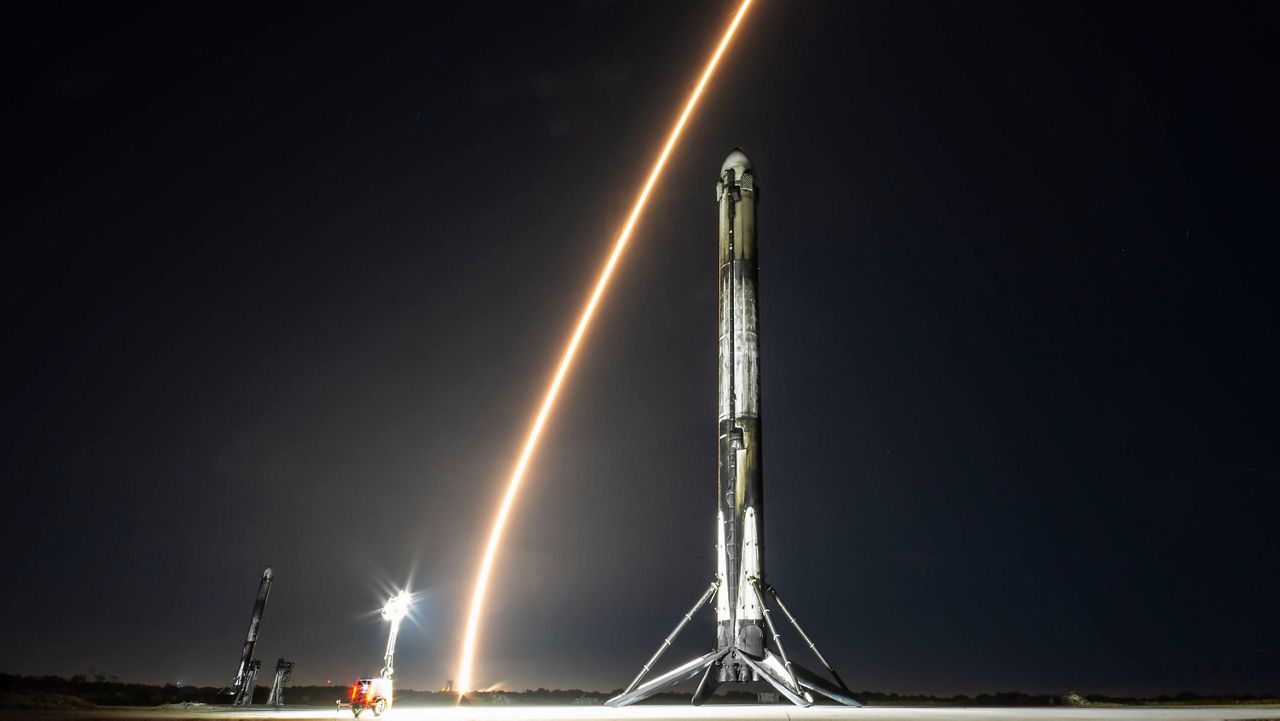CAPE CANAVERAL SPACE FORCE — SpaceX had a successful double launch Thursday night, and its 96th and final Falcon launch of 2023.
Falcon 9 launched 23 Starlink satellites into orbit at 11:01 p.m. on Dec. 28 from Space Launch Complex 40 at Cape Canaveral Space Force Station.
The 45th Weather Squadron gave a 90% chance of favorable conditions, with the only concern being the Cumulus Cloud Rule.
Go here to learn about NASA’s launch weather criteria for the Falcon 9 rocket.
Going into orbit
This Falcon 9’s first-stage booster, called B1069, now has twelve successful missions, including this one.
Seven Starlink missions
After the stage separation, the first-stage booster landed on the droneship ‘A Shortfall of Gravitas’ that is in the Atlantic Ocean.
About the mission
The Starlink 6-36 mission sent 23 Starlink satellites into low-Earth orbit, where they will join the thousands of their mechanical brothers and sisters already up there.
These Starlink V2 Mini satellites each weigh 1,760 pounds (800 kilograms) and will provide internet services to many places around the globe, stated Starlink, a SpaceX company.
Before the launch, Dr. Jonathan McDowell of the Harvard-Smithsonian Center for Astrophysics’ documented the following Starlink satellite information.
5,248 are in orbit
5,211 in working order
- 4,566 are in operational orbit



